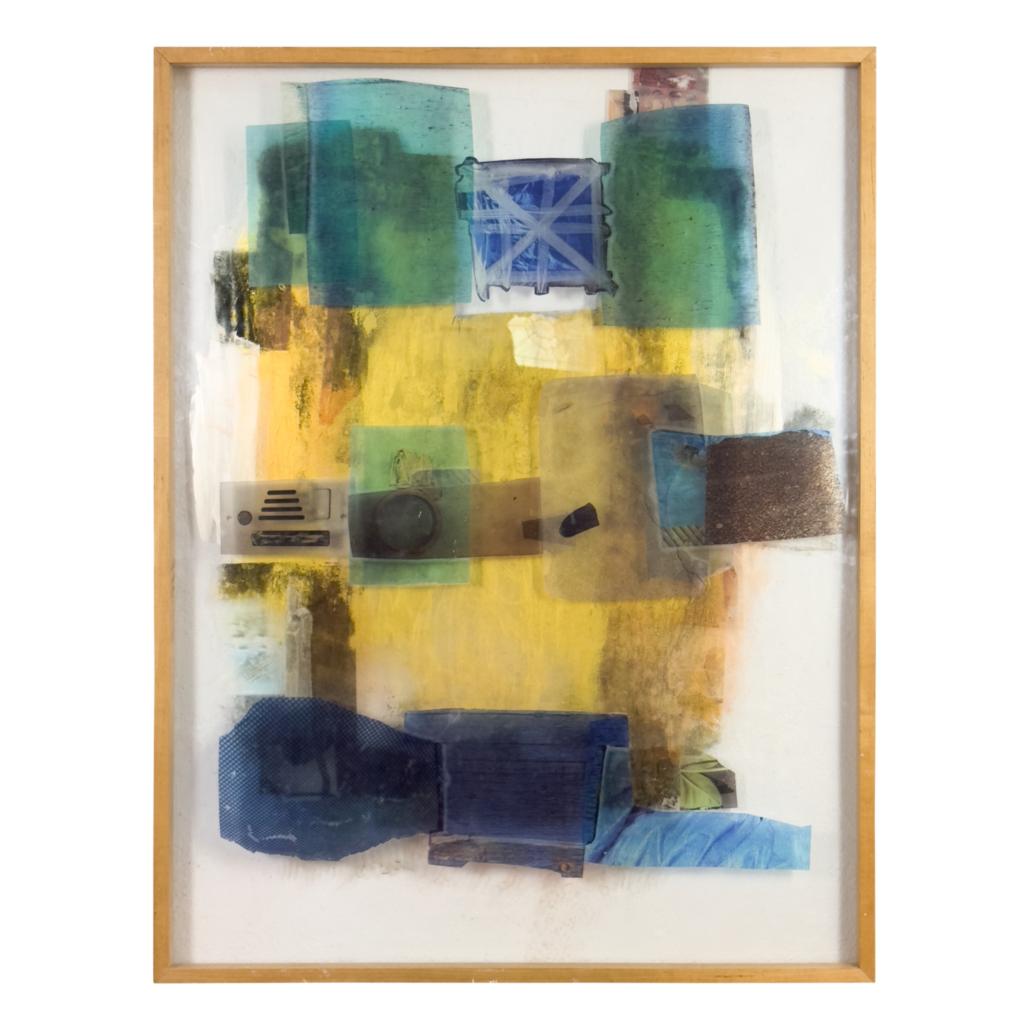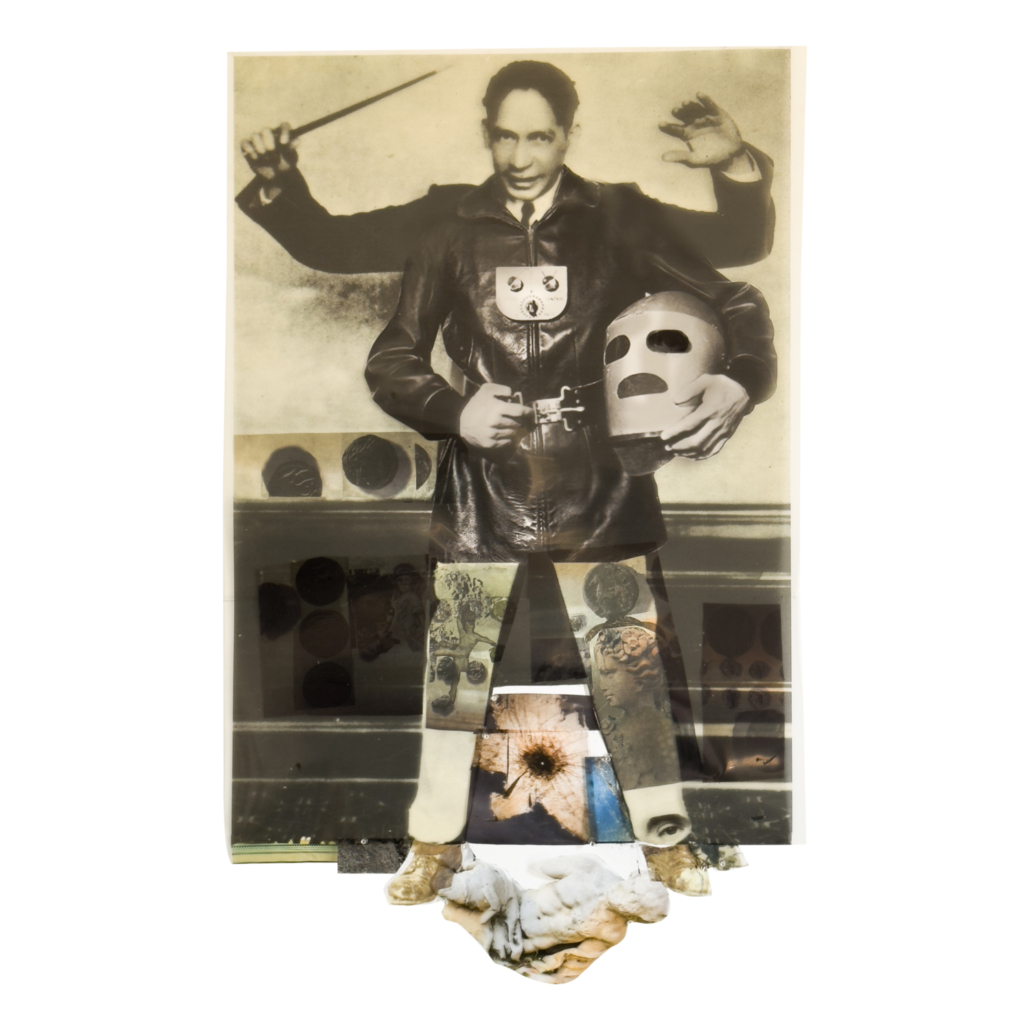James Macdonell
Safe Passage
IP Resort Casino and Spa Gallery
White Hot Magazine Review | James Macdonell Virtual Tour
Exhibition Statement:
In James Macdonell’s first solo museum exhibition titled ‘SAFE PASSAGE’ the artist invites the viewer into an examination of our lives, objectively and subjectively, and how art and life intersect.
With dignity and appreciation, he investigates familiar subject matter like survival, loss, abandonment, the forces of nature, mythology, and history through the lens of metamorphosis, transmutation, and regeneration.
At the core of this exhibition is art incorporated from the observation of daily life. It is meant to inspire people, to give them a new appreciation of self and their surroundings; and serve as affirmation that works can be a catalyst for change in how we view others and our environment.
The Safe Passage exhibition is a gateway to connect the conscious and the subconscious worlds through the earthly realms of uncertainty. The art weaves a narrative appreciation for nature and the human experience.
Safe Passage redefines the found object as a precursor. Its intent, theory and practice relate to two of the most influential artists of the 20th century: Marcel Duchamp and Robert Rauschenberg. Both were known for taking everyday objects out of their original context and presenting them as art.
“So as far my legacy goes, I’d like to be remembered as someone who was as determined as they were… to leave something behind that causes people to take pause, to experience in the work something that strengthens their ability to feel connected.”
The exhibition in the Frank Gehry designed space incorporates a wide range of mixed media: painting, sculpture, photography, and collage. With Safe Passage James Macdonell creates a sacred space for us to reflect on our respective passages as vessels on this journey. It confronts us to view our lives differently and acknowledge mutual beliefs, connections and or disconnections. It points toward the beauty hidden in mundane things. It is a reminder that art and life have something in common: that their greatness endures only when it is built upon, and arises from, small meaningful acts.

Chair, 2024
Artist Statement:
I can talk about music all day. I have lots of opinions and I’m not shy sharing them. They are honed from experience. A musical performance is a social contract, a public event. When there is a live audience and a dialogue with that audience, there is electricity, a pulse and a sharing of energy. There are well-wishers and witnesses to back you up.
But art is not that way. In many ways it is the opposite. It is not a place full of people. It is a solitary place for the most part, and not a place for conversation. There is no discussion about the work. It is made in silence.

Shrine, 2024
Perhaps because of this I find it quite difficult to talk about my work, to explain in some way. I try to make things that can speak for themselves-urging, suggesting, whispering, sometimes screaming and shouting out if need be. All pieces beg for attention in their own way, and I must give it to them, because they are indeed like children in the beginning when they are coming to. When in time they are complete, they are not about themselves. They are about who stands before them.
History and mythology tend to romanticize the human condition, but across all cultures, there has always been a struggle to define the place of the artist. Is art not a mirror to the true face of society? Is it not constantly narrating this unscripted life? It’s very purpose is to translate, to channel, to instruct, to provide proof of higher motives and spiritual ideals. It is here to symbolize devotion to certain truths that endure across time and space. Because we do not endure. We are transitory. It is art that pays homage to the life force. It is the best and greatest of what we leave behind. It is purified by the aspirations and suffering of the world. It is burdensome. It does not rest.
There is great resiliency in the human spirit. It can withstand unspeakable hardships and rise above catastrophes. In literature the hero can only prevail in the third act, after overcoming the conflicts and obstacles allied against him. Often these forces destroy lesser men. We all must journey through dark nights, through loss, through abandonment, through doubt and betrayal. Only by passing through all of them do we emerge into light.
It is by creating art that man illuminates his path. It is the sacred duty of the artist to be both shaman and alchemist, that his work can serve as signposts, markers, revelations along the way, to guard against our coarser nature and encourage us towards compassion. Like Dante and Virgil before us, we all one day shall be left in the boatman’s charge. On this arduous journey, the most we can wish for ourselves and our fellow travelers is that we be given safe passage.
– James Macdonell

Artist Bio
James Macdonell was born in Lafayette, Louisiana on Sept. 11, 1958. He is known for a comprehensive range of methods and techniques in his art, including photomontage, collage, painting, assemblage, and sculpture to advance and bring to fruition his intentions and ideas.
He graduated from Amherst College in January 1980 with a degree in English. As part of the Five College program, he studied photography under Jerome Liebling, Elaine May, and Bill Arnold at Hampshire College, and printmaking under Barry Sease at Mount Holyoke.
In 1976, James began working summer jobs on the island of Captiva, FL for noted artist Robert Rauschenberg. For James, this was the beginning of a transformative period that reshaped his perceptions, worldview, and aesthetic vision.
He observed, firsthand, Rauschenberg’s processes; the technical dynamics of producing large integrated structural paintings (Combines). In assemblage, James understood the symbolism, interpreted the values, and developed a sense of place and order for his own work. This association and their friendship spanned more than three decades until Rauschenberg’s death in 2008.
James is also an accomplished musician, and his love for music and musicians are honored in many of his works of art. Over the years, James’s musicianship and songwriting ability earned him countless opportunities to collaborate with many of the 20th centuries most famous, noteworthy and influential artists. Talking Heads, Tom Tom Club, Paul Simon, Bryan Ferry, Robert Palmer, David Byrne, John Sayles, and Sesame Street to name a few.
Since 2004, James has dedicated 20 years to his studio process and practice. His work has been exhibited in solo and group exhibitions and art fairs in Art Basel Miami.

![Blue Amede [Mirrored Tile #1], 2013](https://georgeohr.org/wp-content/uploads/2024/12/Page-156-2-1030x1030.jpg)




